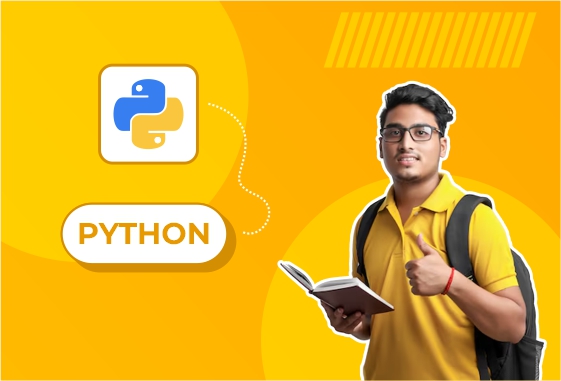
Digital Twin for Smart City Modeling
Project Title: Digital Twin for Smart City Modeling
Objective:
To create a digital replica (digital twin) of a city that simulates real-time urban dynamics—such as traffic, energy usage, air quality, and public infrastructure—using sensor data, IoT feeds, and predictive models. The goal is to aid in urban planning, resource optimization, and decision-making for smart cities.
Key Components:
Data Integration:
Combines diverse datasets from IoT sensors, satellites, traffic systems, weather stations, and municipal databases.
Types of data include real-time traffic flow, air pollution, energy consumption, waste management, and utility usage.
3D City Modeling:
Uses GIS data and computer vision to construct a 3D virtual model of the city.
Visualization tools like Unity, Unreal Engine, or CesiumJS display real-time city simulations.
Simulation & Predictive Modeling:
Machine learning models predict future trends like traffic congestion, emission levels, or energy demands.
Simulates the impact of policy changes, such as introducing green zones or altering public transport routes.
Anomaly Detection:
Detects unusual events (e.g., traffic jams, power outages) in real time using statistical and ML-based anomaly detection techniques.
Optimization Algorithms:
Helps city planners optimize routes, balance energy loads, and minimize resource waste.
Employs algorithms like genetic algorithms, linear programming, or reinforcement learning.
Dashboards & User Interface:
Interactive dashboards show city metrics and allow simulations (e.g., adding a new metro line).
Role-based interfaces for planners, public users, and emergency responders.
Scalability & Real-Time Processing:
Built on scalable architectures using cloud platforms and streaming frameworks (e.g., Apache Kafka, Spark Streaming).
Enables handling of large, continuous data streams in real time.
Security & Data Governance:
Ensures data privacy, access control, and resilience against cyber threats in smart infrastructure systems.
Outcomes:
Real-time monitoring and forecasting of urban systems.
Better-informed decisions for infrastructure investments and emergency planning.
Improved sustainability, efficiency, and citizen quality of life.
Foundation for AI-driven smart governance.





